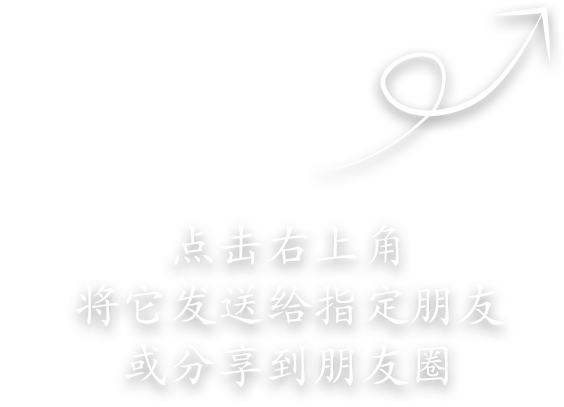Its Whole Body is Treasure - Chinese Happy Tree
(國家二級重點保護植物)
(First-Grade State Protection Plant)
喜樹(拉丁學(xué)名:Camptotheca acuminata.),別名旱蓮、水栗、水桐樹、天梓樹、旱蓮子、千丈樹、野芭蕉、水漠子,是藍果樹科、喜樹屬植物。喜樹是中國所特有的一種高大落葉喬木,是一種速生豐產(chǎn)的優(yōu)良樹種。落葉喬木,高達20余米。樹皮灰色或淺灰色,縱裂成淺溝狀。小枝圓柱形,平展,當(dāng)年生枝紫綠色,有灰色微柔毛,多年生枝淡褐色或淺灰色,無毛,有很稀疏的圓形或卵形皮孔。喜光,不耐嚴寒干燥。深根性,萌芽率強。較耐水濕,在酸性、中性、微堿性土壤均能生長,在石灰?guī)r風(fēng)化土及沖積土生長良好。其果實、根、樹皮、樹枝、葉均可入藥。
Chinese Happy Tree (Scientific Latin Name: Camptotheca acuminata.) , also known as dry lotus, and water chestnut, etc, belongs tothe genus Camptotheca, the family Nyssaceae. As a tall deciduous tree originally from China, it is an excellent deciduoustree species with rapid growth and high yield, up to 20 meters high. Gray or pale gray barks longitudinally split into shallow furrows. Small branchlets are cylindrical, open and flat; Current shoots purplish green, gray puberulent, perennial branches are pale brown or pale gray, hairless, with very sparse round or ovoid lenticels. Like lights, not resistant to cold and dry. Deep root, powerful germination rate. Resistant to moisture and water. It can growin acidic, neutral and slightly alkaline soil and grows well in limestone weathered soil and alluvial soil.Its fruits, roots, barks, branches, and leaves can be used as medicine.

